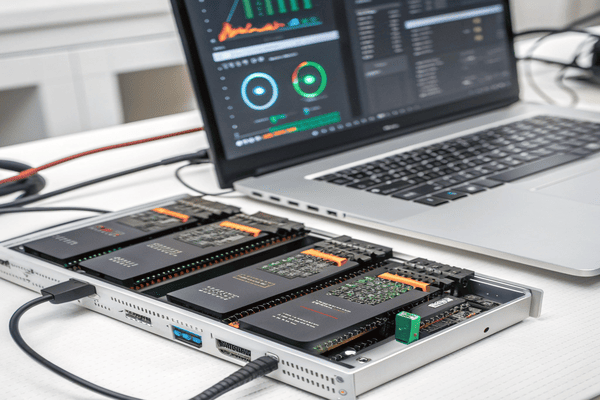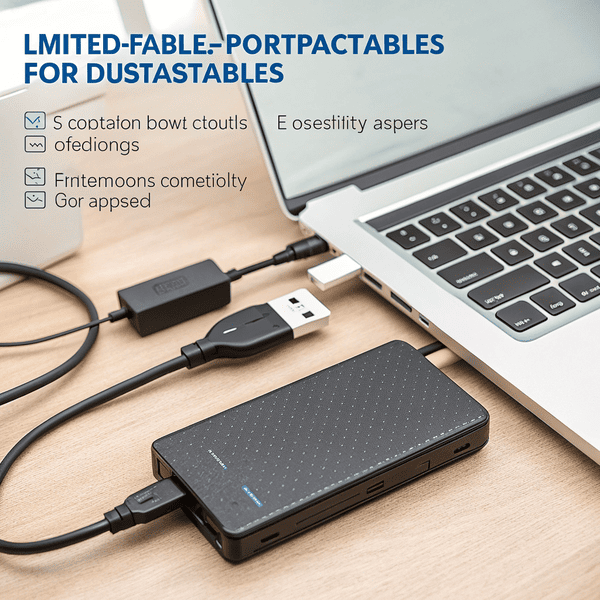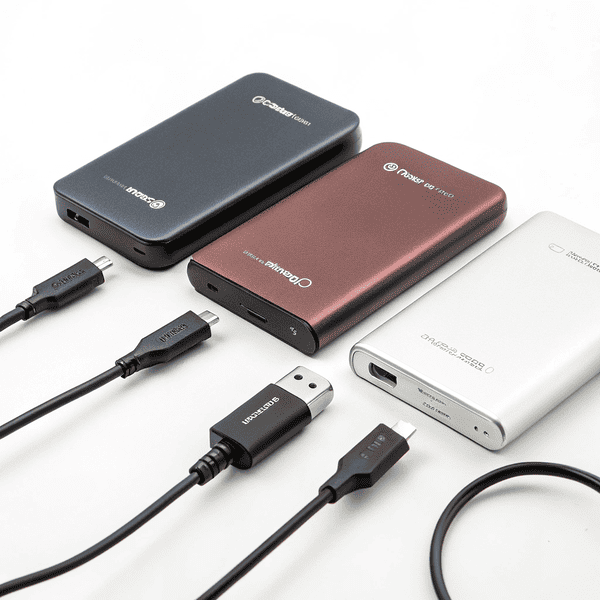Trying to size your server storage can be stressful when every project, client, or business has different needs.
The latest computer servers can have storage capacities from a few terabytes to several petabytes, depending on the server type, drive configuration, and business requirements. Specialized enterprise servers can scale far higher using multiple storage arrays.
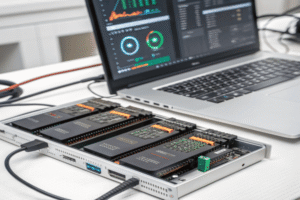
When I helped configure storage for our design and manufacturing operations, I learned quickly that there is When I helped configure storage for our design and manufacturing operations[^1], I learned quickly that there is no one-size-fits-all answer. The right amount of storage for one business might not even be close for another
[^1]: Exploring this resource will provide insights into tailored storage solutions that enhance efficiency in design and manufacturing.
answer. The right amount of storage for one business might not even be close for another. Your requirements depend on your workload, the kind of data you store, and how much you expect your business to grow. Let’s break down what “enough” storage really means—whether it’s for enterprise, midsize, or even a home lab.
How much storage does a server have?
Not knowing typical server capacities can make it easy to overpay or underprepare.
Modern servers usually offer anywhere from a few terabytes (TB) for small businesses to several hundred terabytes, or even petabytes (PB), for enterprise use. The actual amount relies on the number and type of installed drives.
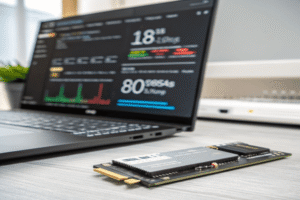
From my experience setting up and expanding shop servers, I’ve seen setups that range from one or two SSDs all the way to racks holding dozens of high-capacity hard drives. Small office servers may start with just 2–8TB, which is perfect for From my experience setting up and expanding shop servers, I’ve seen setups that range from one or two SSDs all the way to racks holding dozens of high-capacity hard drives[^1]. Small office servers may start with just 2–8TB, which is perfect for shared files or backups
[^1]: Explore this link to understand how high-capacity hard drives can enhance your server's performance and storage capabilities.
. For larger businesses, modular storage cages and hot-swappable bays let you add many drives—sometimes 24 or more per chassis. That means 200–400TB is not rare in a big organization, and large cloud or data center operators can push into many petabytes spread across multiple racks. Actual usable space is less than raw capacity, as RAID, redundancy, and snapshots eat some space.
| Server Size | Typical Storage (Raw) | Setup Example |
|---|---|---|
| Home/SMB | 2–20 TB | 2–8 drives, SSD or HDD, single chassis |
| Mid-market | 20–200 TB | Rack mount, 12–24 bays, mixed SSD/HDDs |
| Enterprise/DC | 200 TB–petabytes | Multiple racks, clustered storage, SAN |
How much RAM does Windows Server 2025 need?
Underestimating RAM can make even a fast server feel slow and limited.
Windows Server 2025 requires a minimum of 2GB RAM for installation, but Microsoft recommends at least 16GB for practical use. Advanced workloads, virtualization, or databases benefit from 32GB or more.
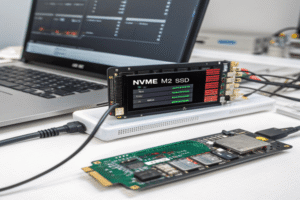
I remember when we tried to get by with minimum specs for a new Windows Server rollout. The OS booted, but adding users and running real workloads brought it to its knees. I remember when we tried to get by with minimum specs[^1] for a new Windows Server rollout. The OS booted, but adding users and running real workloads brought it to its knees. Windows Server 2025 can install on 2GB, but even running a few users or file shares will max that out fast
[^1]: Exploring the minimum specs for Windows Server can help ensure that your setup runs smoothly and efficiently, avoiding performance bottlenecks.
can install on 2GB, but even running a few users or file shares will max that out fast. Microsoft recommends at least 16GB, which covers basic apps, file sharing, and light Active Directory. If you want to run virtualization (Hyper-V), advanced services, or large databases, 32GB is the starting point. Real-world, for smooth multitasking and growth, plan for 64GB or more.
| Server Purpose | Minimum RAM | Recommended RAM |
|---|---|---|
| Installation only | 2GB | - |
| File/print server, low users | 4–8GB | 16GB |
| App server/medium business | 16GB | 32GB+ |
| Virtualization/Databases | 32GB | 64GB+ |
Is 32GB enough for a home server?
Not choosing the right amount of RAM can waste money or cause frustration down the line.
For most home server setups, 32GB of RAM is more than enough. It easily supports file sharing, media streaming, backups, and some light virtualization or Docker containers.

When I built my first home server, I only had 8GB RAM, and it worked fine for backups and Plex. But as I started running more Docker containers—like Nextcloud, When I built my first home server, I only had 8GB RAM, and it worked fine for backups and Plex. But as I started running more Docker containers[^1]—like Nextcloud, Home Assistant, and backup syncs—memory got tight
[^1]: Understanding Docker containers is essential for optimizing your server's performance and resource management.
, and backup syncs—memory got tight. Upgrading to 32GB was a game-changer. Now, I can run multiple VMs, containerized services, and media streaming smoothly. Unless you plan complex development or lots of heavy VMs, 32GB covers most home lab and home server needs. If you mainly store files, serve media, or run light Linux services, you won’t need more unless your plans grow.
| Use Case | 8GB | 16GB | 32GB |
|---|---|---|---|
| File storage/backup | ✔️ | ✔️ | ✔️ |
| Media streaming | ✔️ | ✔️ | ✔️ |
| Multiple containers | Maybe | ✔️ | ✔️ |
| Virtual machines | No/light | Maybe | Moderate |
| Heavy dev/test | No | Maybe | Yes |
Conclusion
Modern servers can store anywhere from a few terabytes to many petabytes, with memory and configuration tuned for each use—from homes to the world’s largest data centers.

